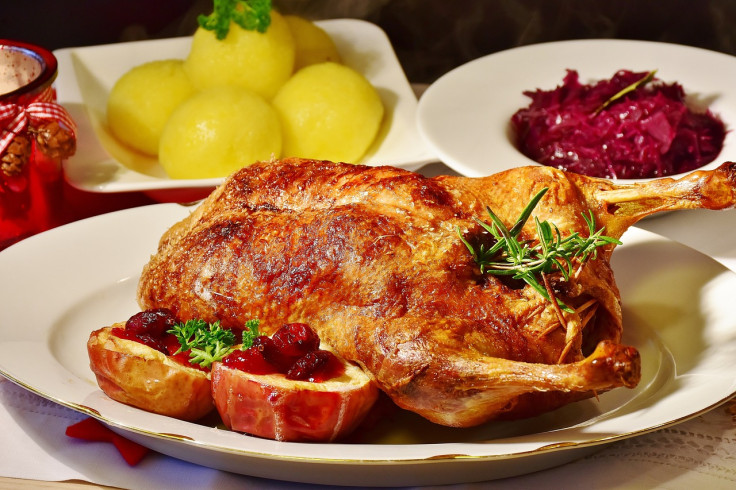Holiday Leftovers: Know How To Safely Store, Reheat Them

The biggest challenge when you cook for large gatherings is to get the right amount — enough for everyone but without much leftovers. Nevertheless, a small leftover stash in the fridge can be handy when you recover from the fatigue of celebrations. For a healthy and enjoyable holiday experience, learn how to safely store and reheat leftovers.
The safety of leftovers begins at the very first step — cooking. Here are a few things to keep in mind when you cook food.
- Cook at the right temperature: Ensure you cook at the right temperature to eliminate harmful bacteria that could otherwise cause food poisoning. Check the minimum internal temperature of meats using a food thermometer. Beef, pork, lamb and veal steaks, chops and roasts should be cooked at 145°, while ground meats need to be cooked at 160° F, and poultry at 165° F.
- Serve food safely: While serving warm food, ensure that it remains at 140°F by using warming trays. Cold and perishable food such as chicken salad or deli meats can be served in bowls nestled with ice to keep them at 40°F or below.
- Cool rapidly: Cooling food rapidly to the temperature of 40° F or below will prevent bacterial growth. For easy cooling, divide large amounts of food into shallow containers and cut large items into smaller portions before storing them in the refrigerator.
When to discard?
After the warm food is removed from the stovetop or warming tray, it should be refrigerated within two hours. Any cold leftovers and perishable foods that were kept outside at room temperature for more than two hours need to be discarded.
Safe ways to store leftovers
Wrap leftovers and store them in airtight containers to keep them out of harmful bacteria and to retain moisture. Sealing them in airtight packages will ensure that they do not pick up any unwanted fridge odors.
Safe ways to thaw leftovers
The frozen leftovers can be thawed in the fridge, in cold water, or microwave oven. Although refrigerator thawing takes the longest, it will keep food safe throughout the entire process. Food thawed in the fridge should be used within three to four days or should be refrozen.
Cold water thawing is faster, but ensure that the leftovers are in a leak-proof package so that the water cannot seep into the food. Once thawed, the food should be cooked before refreezing it.
Thawing in the microwave is the fastest method, where the leftovers should be heated until they reach 165° F. Foods thawed in the microwave to this temperature can be refrozen.
If a large container of leftovers is frozen and you need only a portion out of it, the best way is to thaw the leftovers in the fridge, take what you need, and refreeze the remaining portion without reheating it. However, if you have kept the frozen leftovers out at room temperature for more than two hours, it is best to discard them.
How to reheat leftovers?
While reheating leftovers, ensure that they hit 165° F using a food thermometer. If you are reheating sauces, soups or gravies, ensure they come to a rolling boil. Cover the leftovers while reheating; this helps to retain moisture and ensure thorough heating.
How long can you store leftovers?
Leftovers are safe to use within three to four days when they are stored in the refrigerator. After this period, there is an increased risk of food poisoning from bacteria. The bacterial growth may not cause changes in the taste, smell or look of food. So it is best to discard the food if you are unsure of its safety. If frozen, the food stays safer for a longer time but tastes better when used within three to four months.



























